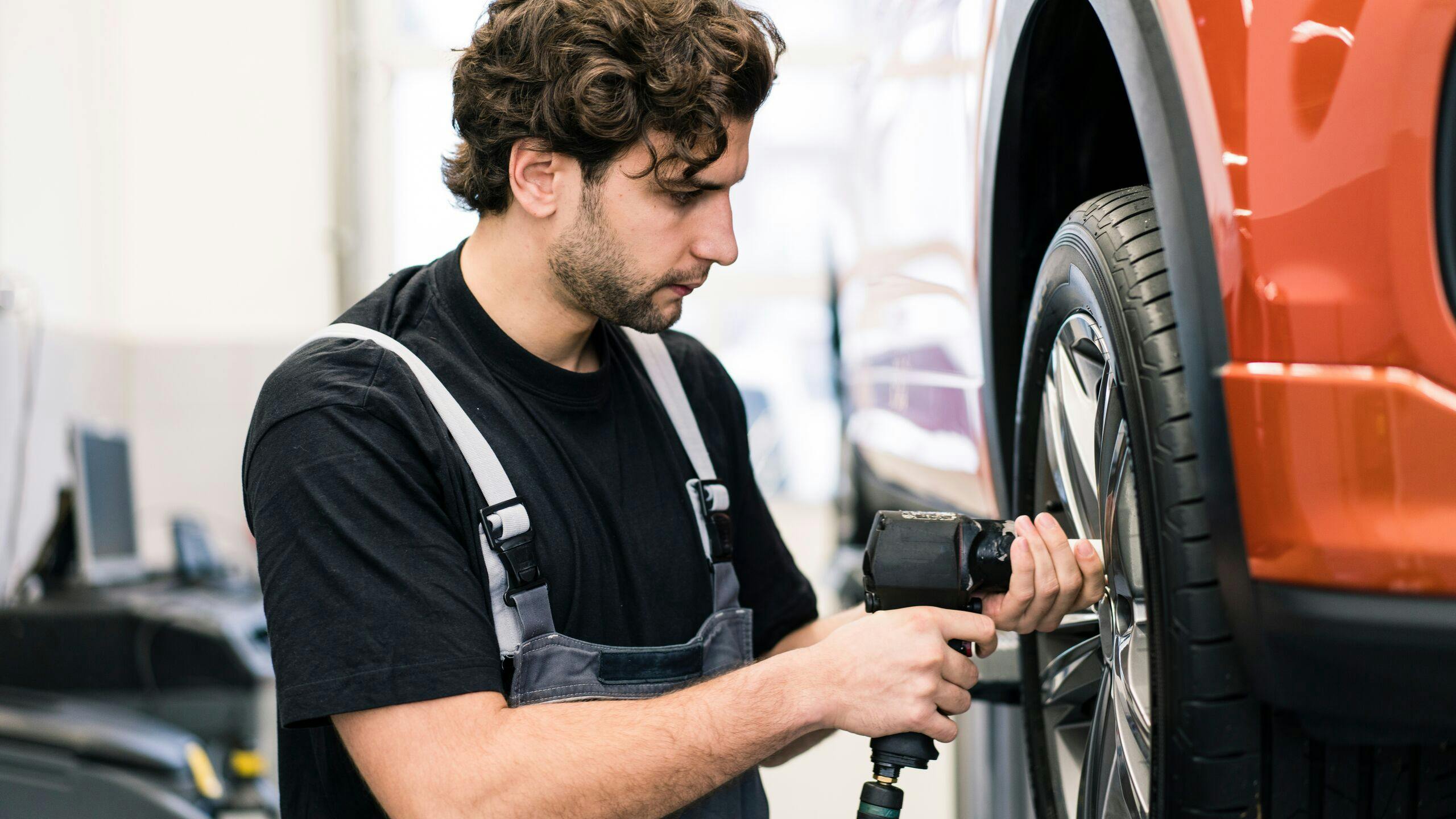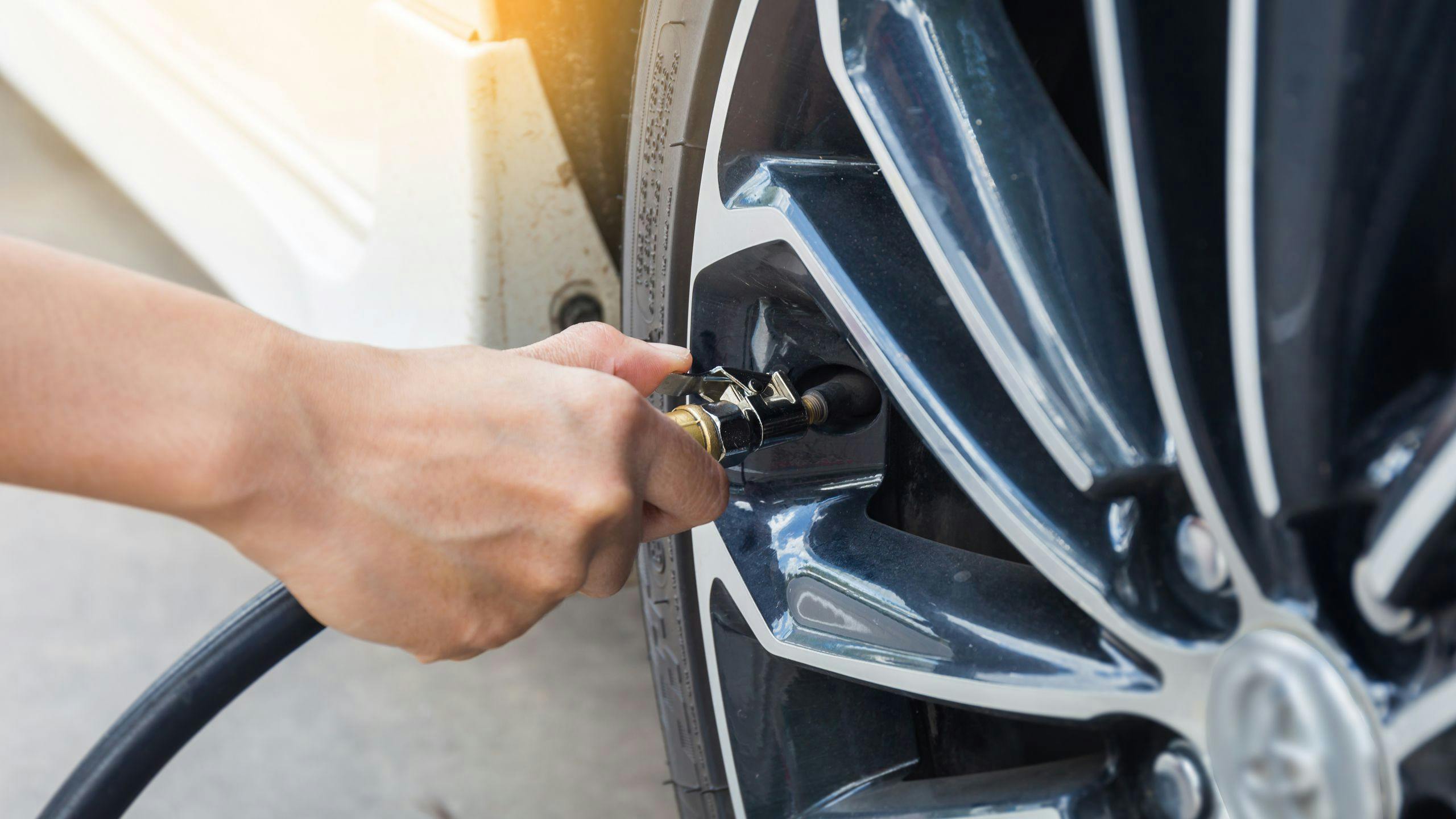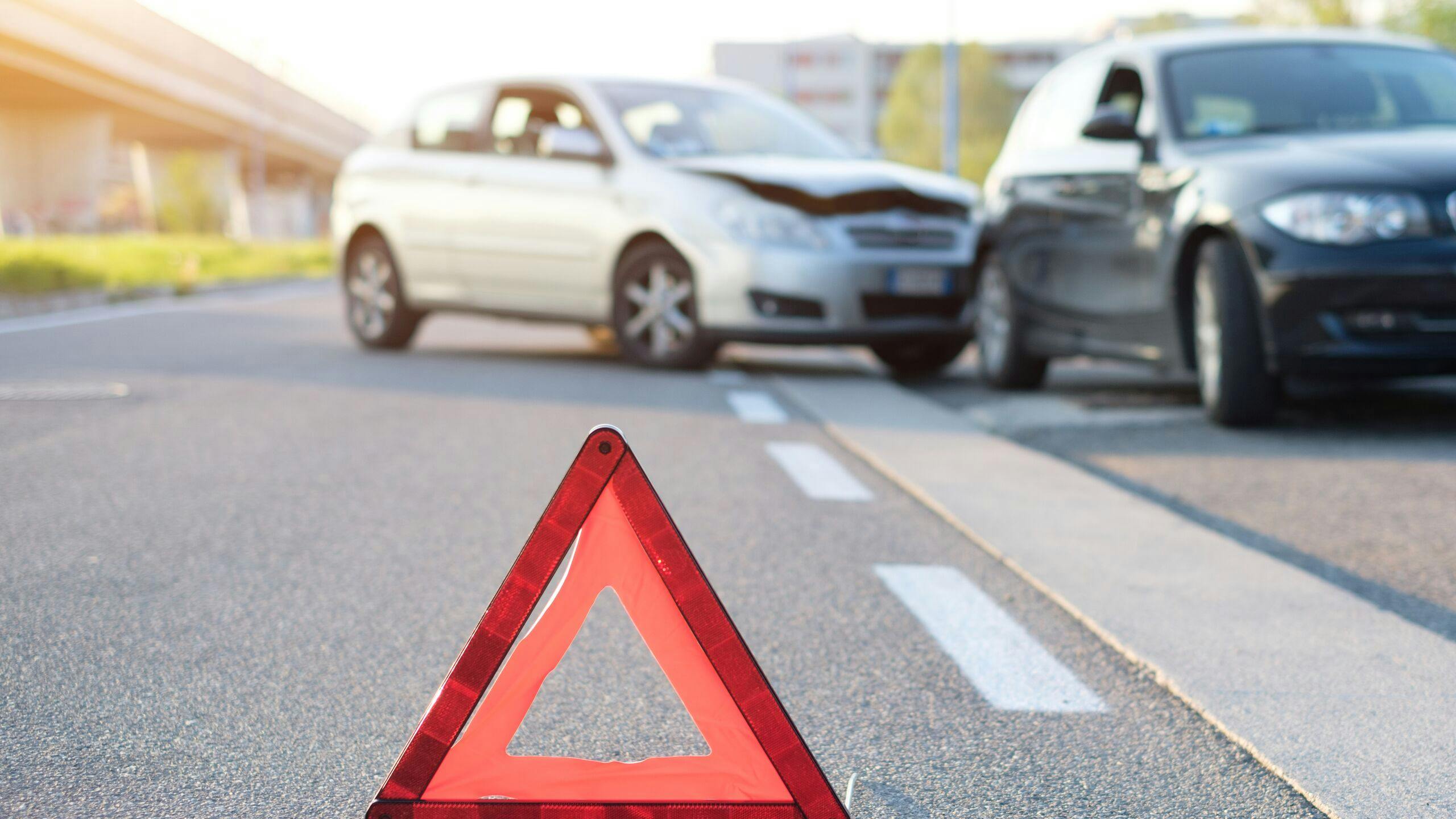12. What budget should you set aside for your winter tyres?
Winter tyres are about 20% more expensive than summer tyres. Their price depends of course on your vehicle type, but also on the brand of tyre and the model chosen (allow for between €60 and €250 per tyre).
The most practical solution is to have two complete sets of wheels (tyres + rim): one with winter tyres, the other with summer tyres.
It is more expensive at the beginning - allow for € 200 for the purchase of 4 sheet metal rims - but the change is easier and quicker afterwards. You can even change them yourself to save money.
If you opt for only one set of wheels, the tyres must be re-mounted on the rims at each change of season. This necessarily requires a visit to the garage, which must: remove the tyre from the rim, then put the other one back on, re-inflate and re-balance it (allow for approximately € 80 for the 4 tyres). This means more work for the garage and therefore more costs in the long term. Because at a rate of 2 changes per year, purchasing 2 sets of wheels quickly pays for itself.






